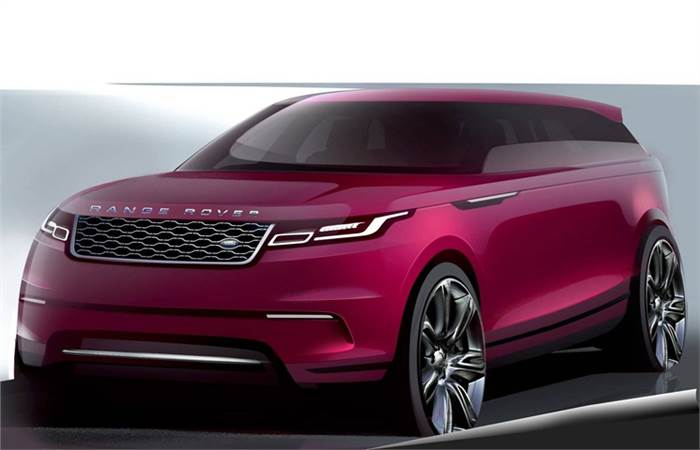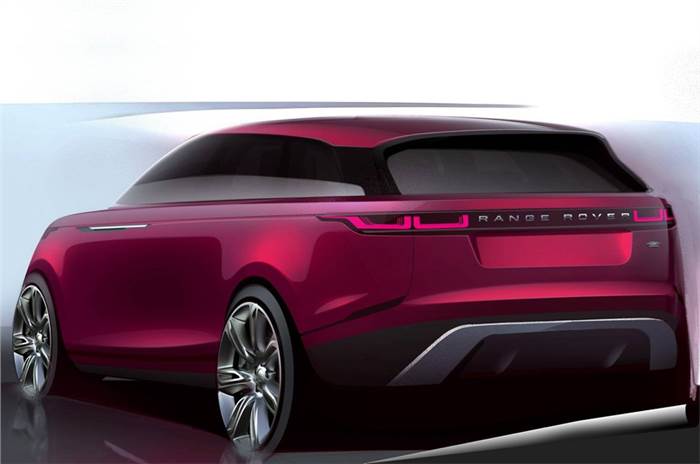In a surprise move, Jaguar Land Rover will launch a new range of models, called the Road Rover, by 2019 reports our sister publication Autocar UK.
The first production-spec model in the new Road Rover range will be an all-electric luxury car for markets such as China and California, US.
Meant to rival the Mercedes S-class in terms of luxury and equipment, the first Road Rover will also boast off-road capability. As the name implies, the model will also be tuned to perform well on-road by taking advantage of potential offered by the electric motors.
The model may be showcased for the first time at the 2019 LA motor show, with an official launch in early 2020.
Over time, the Road Rover line-up is expected to develop into a series of more car-like and road-friendly, but still rugged, vehicles.
The Road Rover name harks back to the Land Rover’s past. Like the Velar nameplate, it was an experimental model in the early 1950s that was proposed as a bridge between Rover cars and the original Land Rover. A three-door estate concept was developed in the 1960s, which previewed the original Range Rover line-up.
Beyond speculation, there is very little formal information regarding the new model range as JLR has been extremely secretive about the development.
Gerry McGovern, Land Rover’s design director, is known for spotting niches, what he describes as “the white space” around existing models. This has helped to launch models like the Evoque and the Range Rover Velar.
In a 2015 interview with Director magazine, McGovern said, “By 2020, there’s going to be 22 million SUV-type vehicles sold globally. So that’s a massive market. We’re asking: what are the products we could be creating that don’t actually exist yet – like the Evoque, which we didn’t have in our portfolio before.” The result was the Velar.
Speculation suggests that Land Rover is also planning a Rolls-Royce Cullinan rival that will offer similar levels of opulence and a different body style.
In 2014, Wolfgang Ziebart, the then group engineering director, hinted at JLR’s electrification plans, predicting that the market for EVs was going to split into inner-city vehicles and a “second or third car for a wealthy family”. Ziebart suggested the latter segment had potential for JLR and that any EV would be the size of a “Jaguar XJ” and “aimed at the US and China”.
Autocar UK, our sister publication, reported that the first Road Rover model is being developed in parallel with the next-generation XJ. The underlying structure for both is a new-generation aluminium platform that can accommodate battery packs and internal combustion engines.
The new XJ sedan and the upcoming Road Rover will be offered as electric-only models with twin electric motors and on-demand all-wheel drive. The Road Rover sedan is expected with S-class rivalling space and features, have a range of 480km, a claimed 0-96kph time of under 5 seconds and height-adjustable suspension for a degree of all-terrain ability.
Rivals such as Porsche and Audi are both coming out with EVs in the next two years. The Road Rover’s closest rival at launch is expected to be the Audi E-tron Sportback, due in 2019, and boasting a 480km range on a single charge.
The upcoming model’s design is unknown though it is likely to follow the Velar’s styling and have more of a shooting brake design. The new XJ, Road Rover and Jaguar I-Pace are part of JLR’s plan to meet stringent new Zero-Emission Vehicle (ZEV) sales targets in California.
While a new sub-brand for range-topping electric vehicles may be a risky move, there are a number of reasons why JLR bosses concluded that an electric Range Rover was a stretch too far.
First, the off-road ability of a Range Rover model cannot be compromised and a fully electric vehicle with a heavy battery pack would have been a serious technical challenge, especially in terms of waterproofing the powertrain.
Second, getting the best possible real-world range from a battery-powered car is vital, making aerodynamic performance a crucial part of the new model. The bonnet and face of the Range Rover and Range Rover Sport are too large to work efficiently as battery-powered vehicles. Indeed, the Tesla Model X is probably about as tall as any EV is likely to get.
Third, JLR strategists have a clear eye on the longer-term future of the brand and what’s expected to be a medium-term aim of hitting annual sales of one million units. Although Jaguar has made huge strides thanks to the F-Pace (and the upcoming E-Pace will also boost the brand significantly), sales of Jaguar road cars are becalmed.
According to JLR’s figures, Jaguar sold 94,000 XE, XF and XJ models in the 2016/17 financial year. Even with a sales boost from the XF Sportbrake, Jaguar’s road cars are unlikely to make up serious sales ground in the next few years.
JLR bosses have clearly concluded that, in order to meet the million vehicle target, they need to continue to exploit the huge market shift towards crossovers and SUVs, while also hedging their bets by building premium vehicles that are more fuel efficient and less like conventional off-roaders.















Comments
Member Login
Personal Details
No comments yet. Be the first to comment.